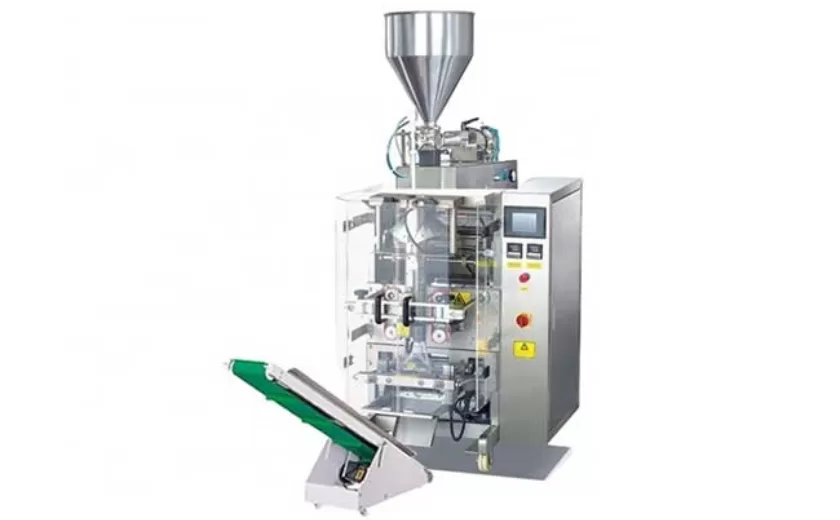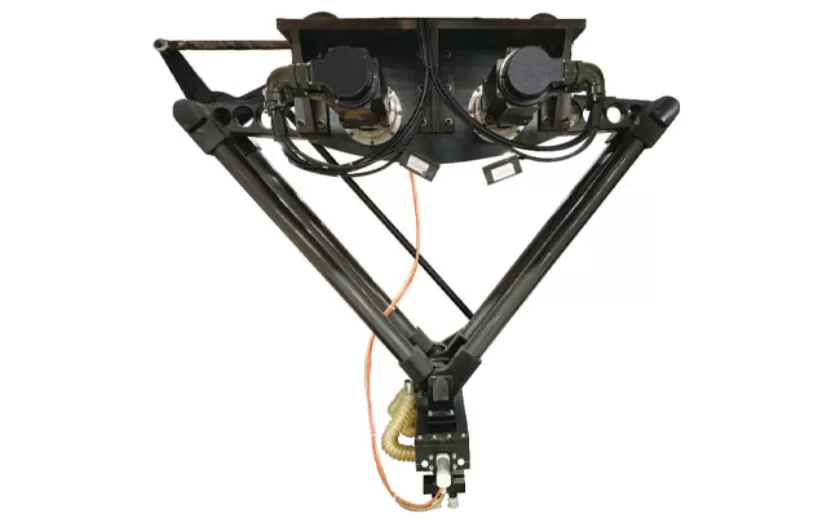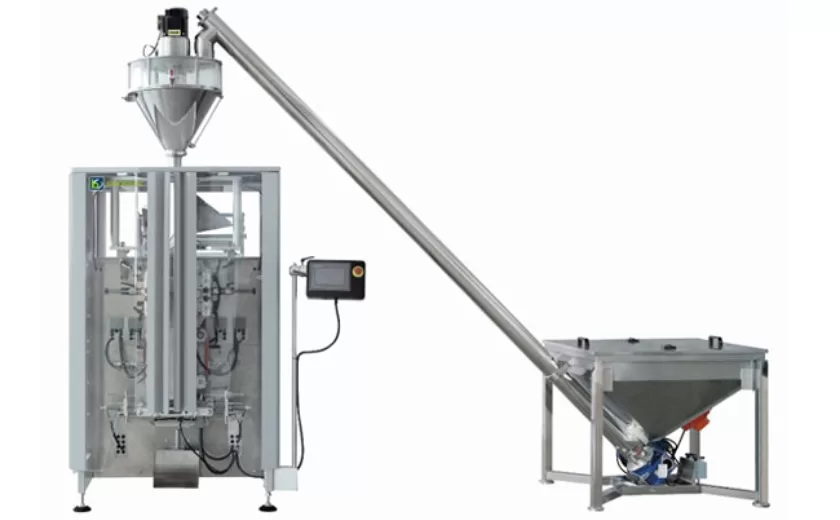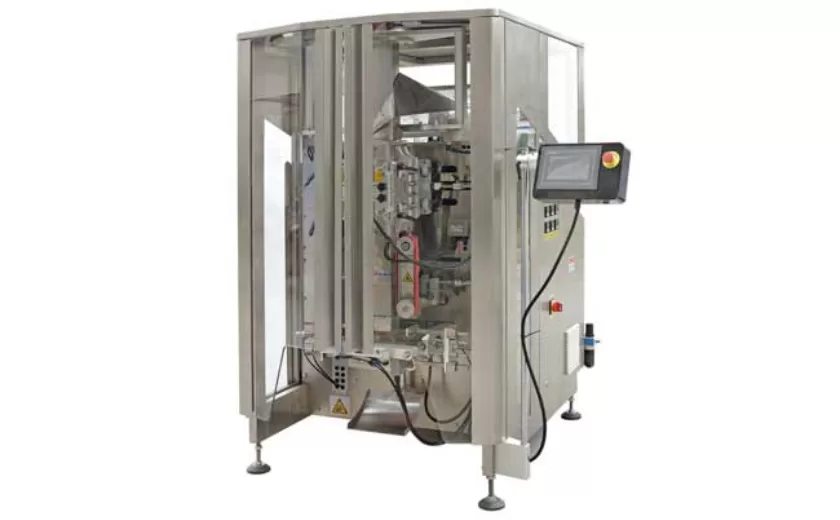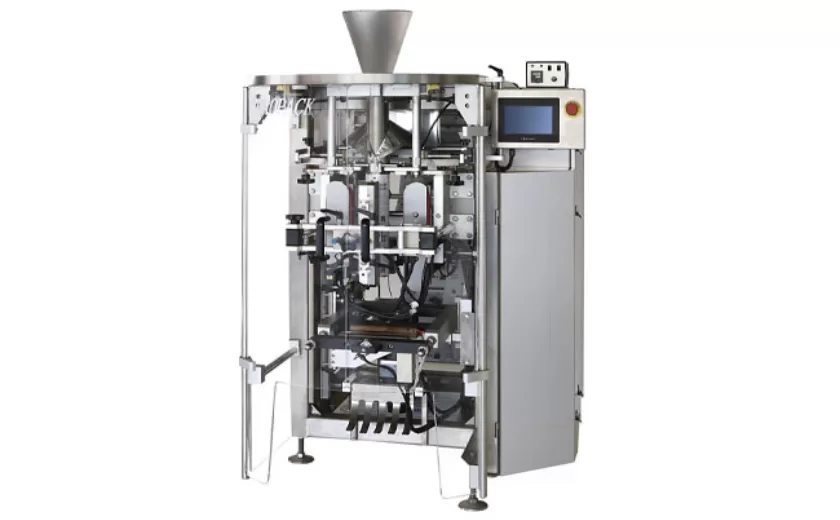Best Practices for Maintaining Hygiene in Food Filling Operations
Ensuring Pristine Purity in the Food Industry
Maintaining hygiene in food filling operations is paramount to safeguard consumer health and prevent foodborne illnesses. Implementing stringent best practices is crucial to ensure food meets the highest standards of sanitation and safety.
1. Regular Equipment Sanitization:
Implement rigorous cleaning and sanitizing schedules for all filling equipment, including tanks, pipes, valves, and nozzles.
Use approved sanitizers and follow manufacturer’s instructions precisely.
Perform regular visual inspections to ensure equipment remains free from contaminants.
2. Employee Hygiene:
Enforce strict handwashing protocols before starting work and after handling any potential contaminants.
Provide clean protective clothing, including gloves, hairnets, and aprons.
Implement training programs to educate employees on proper hygiene practices.
3. Environmental Monitoring:
Regularly monitor the temperature and humidity of filling areas to prevent bacterial growth.
Implement pest control measures to eliminate potential vectors of contamination.
Use air filtration systems to reduce the presence of airborne contaminants.
4. Proper Handling of Ingredients and Packaging:
Store ingredients in pest-proof containers and protect them from cross-contamination.
Inspect packaging materials for damage before use.
Implement first-in, first-out (FIFO) inventory practices to prevent spoiled or contaminated ingredients from being used.
5. Training and Accountability:
Provide comprehensive training to all staff involved in filling operations on hygiene best practices.
Hold regular audits and inspections to ensure adherence to protocols.
Establish a clear chain of accountability for hygiene maintenance.
6. Continuous Improvement:
Regularly review and update hygiene policies and procedures based on scientific advancements and industry best practices.
Encourage employee feedback and suggestions to identify areas for improvement.
Utilize technology, such as automated cleaning systems and data loggers, to enhance hygiene monitoring and control.
By following these best practices, food filling operations can create a safe and sanitary environment that minimizes the risk of contamination and ensures the integrity and quality of the food they produce.
-
Advanced Packing Solutions: Snacks, Sugar, and Frozen Food Machines
29-10-2025 -
Efficient and Reliable Solutions for Salt, Nuts, and Frozen Dumplings Packing
29-10-2025 -
High-Performance Biscuits, Lollipop, and Ketchup Packing Machines for Modern Food Production
29-10-2025 -
Efficient Liquid Filling and Packing Machines for Modern Production
23-10-2025 -
Reliable Granule Packaging Machines for Efficient Production
23-10-2025 -
Efficient Auger Powder Filling Machines for Accurate Packaging
23-10-2025 -
High-Performance Liquid Filling and Packing Machines for Hygienic Production
10-10-2025 -
High-Efficiency Granule Packaging Machines for Precision and Speed
10-10-2025 -
High-Precision Auger Type Powder Filling Machines for Efficient Packaging
10-10-2025 -
Efficient Vertical Form Fill Seal Packaging Machines for Smart Production
10-10-2025





